We occasionally link to goods offered by vendors to help the reader find relevant products. Some of these may be affiliate based, meaning we earn small commissions (at no additional cost to you) if items are purchased. Here is more about what we do.
Ten years ago last week, I talked about whole wheat pastry flour like it was an exotic animal at the zoo. I know this because a Wordpress app emails me almost every day with a list of previously published posts, created on that same day on the calendar but in different years, and, on December 29, my first foray into non-white flour is what came up.
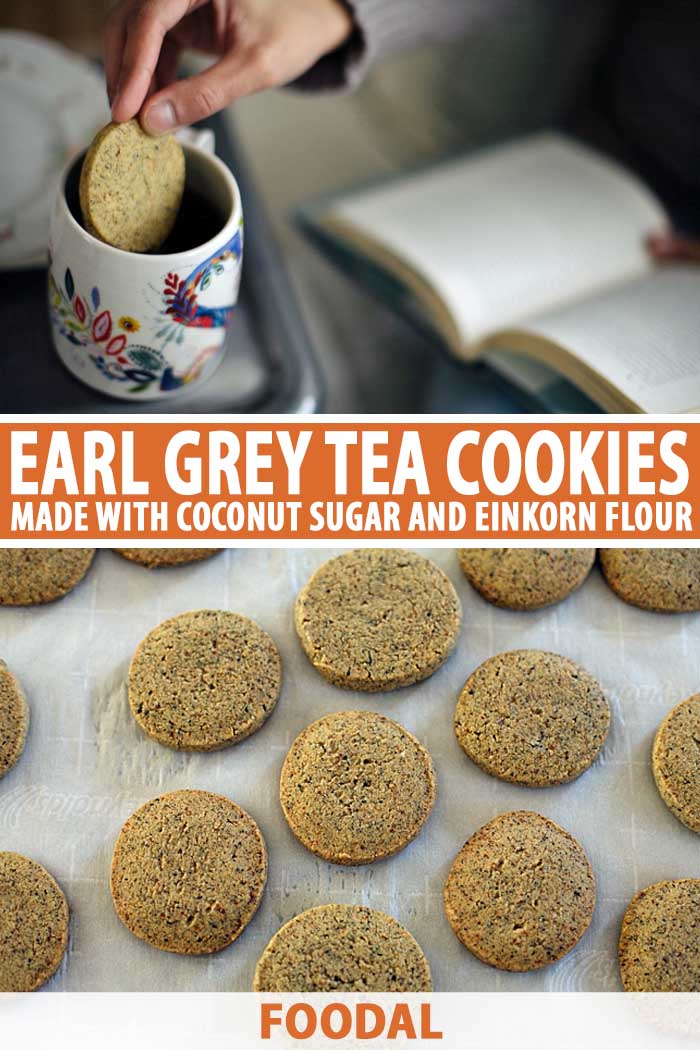
In 2009, the subtext of the post about whole wheat pastry flour was that my future husband, Tim, had entered my life, and, along with him, a new understanding of food.
And while everyone’s journey towards dietary changes is different, for me, dominoes of change began with the one simple step of looking at labels, swapping out refined ingredients. I didn’t want to eat health food, but I could replace a flour in cake.
I wasn’t ready to overhaul my diet, but I could buy chips with five ingredients instead of 28.

Describing these transitions to a friend last fall, I used the phrase “no big deal,” on my way out the door of her living room, which probably sounded strange coming from someone who was willing to write an entire cookbook about einkorn flour so more people could approach it sans fear. Strange, but accurate.
While I care about food and enjoy using einkorn flour and have seen wild, wonderful changes to my health like being able to go off medication for Crohn’s disease, now more than six years without symptoms, it’s still just food.
I like it fine. I’m happy to talk about it. I don’t mind at all if it’s not for you and/or if your body functions well on another dietary plan. Eating a specific diet doesn’t make you more valuable or special, but, you know, it might make life work better for you, and, if it does, why not?
If your stomach could stop hurting and your immunity could improve, maybe try it?
Anyway, these were the kinds of questions hitting me seven years ago, when a stranger from Nashville emailed me about the beauty of whole foods and I thought, oh, sure, I can try that.
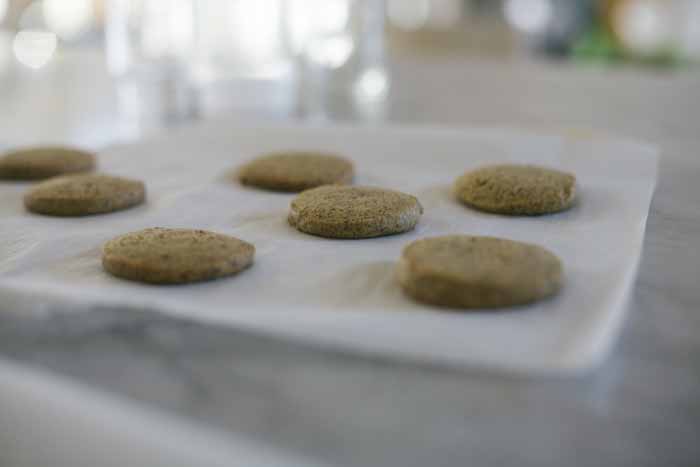
Between late 2009 and today, whole wheat pastry flour has become spelt flour has become einkorn flour in our everyday baking routines.
We like einkorn flour because it’s what’s known as original wheat, as in, the form of wheat that existed hundreds of generations ago. It’s never been hybridized, it’s high in minerals and rich in nutrients and, thanks to its particular chromosome structure, usually easier to digest.
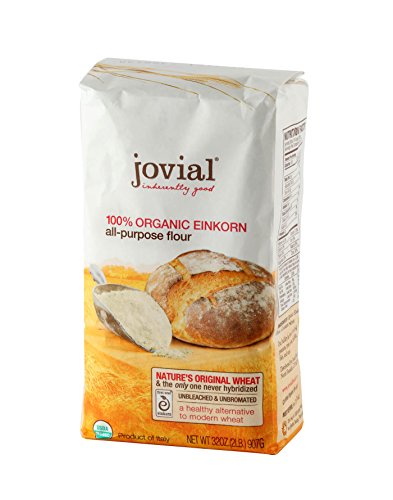
Jovial Foods Organic All-Purpose Einkorn Flour (via Amazon)
Einkorn can bought preground into various flour consistencies, or you can even buy your own berries and grind it a home.
As mentioned above, we wrote a cookbook about it, published in 2014, that is, unlike this site with its long stories, strictly recipes and short headnotes; but, non-flashy as that sort of cookbook may be, it’s served us well in the years since.

The Einkorn Cookbook: Discover the World’s Purest and Most Ancient Form of Wheat (via Amazon)
We regularly make the king-sized chocolate chip einkorn cookies, adapted from a recipe in Kim Boyce’s Good to the Grain, another great resource for incorporating whole grains into your diet.
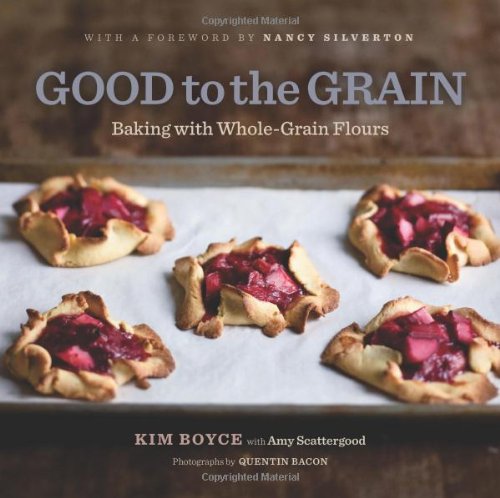
Good to the Grain: Baking with Whole-Grain Flours (via Amazon)
The thin and crispy pizza crust remains an all-time favorite, and, anytime Tim makes his einkorn sourdough bread, my heart still skips a beat.
Lots of recipes work just as beautifully and taste just as good with unrefined ingredients, from killer cream puffs made with einkorn flour to einkorn flour bagels, to a 15-minute banana pudding made with coconut sugar and kefir. Other recipes are trickier when you swap in wholesome components, especially if they rely on light textures or colors, as is the case with French macarons.
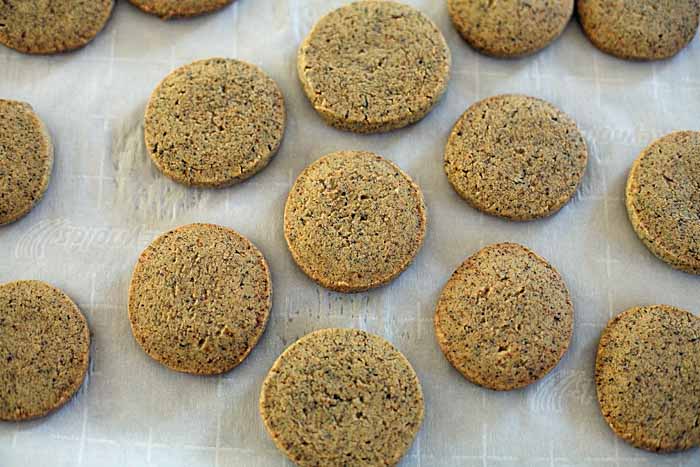
Years ago, my Nashville roommates and I made macarons by grinding coconut sugar into our own powdered sugar, and it worked, sometimes; other times, it didn’t. I’ve been hit-or-miss, mostly miss, with pavlovas and other meringues, too.
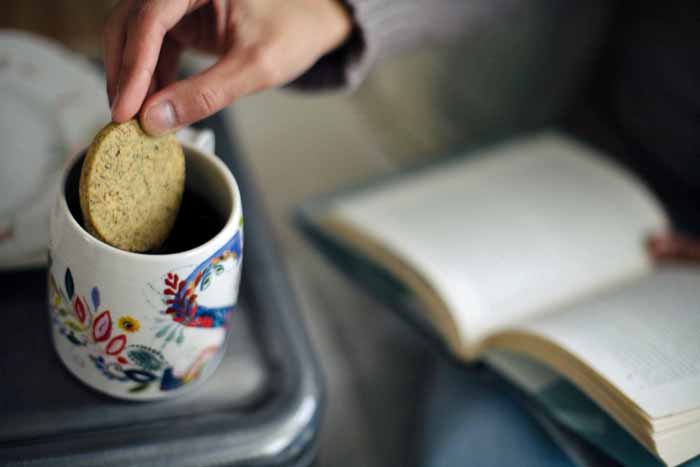
But the one recipe that’s been on my backburner for years, galling me with failures, is the Earl Grey tea cookie.
Have you had Earl Grey tea cookies? Sandy, buttery, kissed with bergamot, these cookie coins are firm enough to dip in tea, melting in your mouth as first bite. I love them.
Years ago, I liked to make Martha Stewart’s version, heavy on the butter (two sticks), heavy on the tea leaves (four bags). But when I tried remaking a similar recipe with the same proportions of unrefined ingredients, here is what I got:
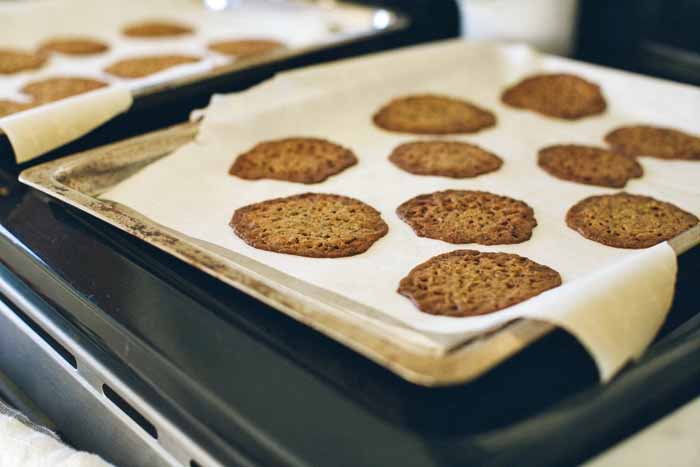
This is not my first attempt at making cookies that yielded flat, fatty, lacy pancakes—but, at least in the case of Earl Grey tea cookies, it may be my last.
Just in time for the new year and new diets and any nutritional changes you may be making in 2017, we’ve discovered, at last, a way to have the cookies I’ve always loved, using reworked ingredient proportions of more flour (einkorn absorbs liquids less than other flours might, so you often need to increase it or decrease liquids to make something work), less butter and less sweetener.
So if you’re looking for something sweet and simple to ring in the new year (maybe alongside a book and ginger tea latte?), I submit these addictive little sables.
You make the dough in the food processor, so there’s just one item to clean. There are only seven ingredients, and two of them are just water and salt. Plus, these are cookies you can feel good about making, comprised completely of whole foods, free of refined ingredients and a testament to the pure power of a few basic ingredients blended together just right.
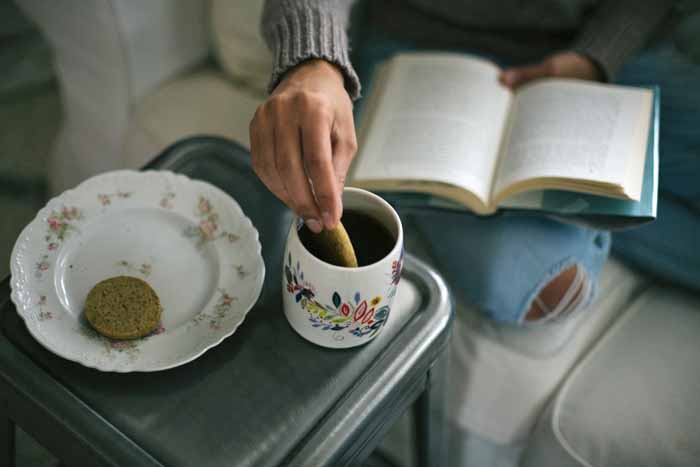
While we’re on the topic of tea, if you haven’t made yourself a cup of hot Earl Grey and added milk and honey, give yourself some hygge this January and try it.
Print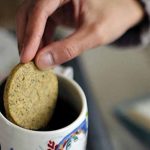
Earl Grey Tea Cookies Made with Coconut Sugar & Einkorn Flour
- Yield: Makes 15 to 20 cookies 1x
Description
An Earl Grey tea cookie made of unrefined flours and sugars, perfect for dipping into your favorite cup of hot tea this season. Sandy, buttery, kissed with bergamot, these cookie coins are firm enough to dip in tea, melting in your mouth as first bite. Made with einkorn flour in place of your regular bleached and processed modern wheat flour, these tasty treats are easier to digest and are much closer to being a “whole” food than your traditional cookie.
Ingredients
- 1 1/2 cups (187g) all-purpose einkorn flour
- 1/3 cup (56g) coconut sugar
- 1 tablespoon (3 bags) Earl Grey tea leaves
- 1/2 teaspoon salt
- 3/4 teaspoon vanilla
- 1 tablespoon water
- 7 tablespoons (99g) butter, cold and cubed
Instructions
- Combine flour, sugar, tea and salt in a food processor and pulse a few times to combine.
- Add vanilla, water and butter to the food processor and pulse until the mixture comes together into a dough. (At first it will look like it’s never going to come together, but be patient, give it a few minutes, it will surprise you.)
- Turn the dough out onto the counter and form it into a solid log that’s about 6.5 inches long and 2 inches wide. Wrap this log in plastic and stick it in the freezer for 30 minutes or until firm.
- Preheat oven to 375F and line two baking sheets with parchment.
- Slice the log of dough into 1/3” thick discs, gently reshaping the discs into rounds if they flatten as you cut them. Place on prepared baking sheets about two inches apart (I had 8 on each sheet) and bake 12 minutes, rotating sheets halfway through the baking time.
What about you? Did you try a batch of these and love them as much as we did? If so, let us know your thoughts in the comments below and please give this recipe a rating!
Want more cookie varieties made with Earl Grey tea? Try our shortbread version or how about combining some orange flavor in? And that’s not all you can make with this lovely tea! Try our Earl Grey lemon curd!
And for more einkorn flour-based cookie recipes, try some of these tasty varieties:
Photos by Shanna Mallon, © Ask the Experts, LLC. ALL RIGHTS RESERVED. See our TOS for more details. Originally published on January 1st, 2017. Last updated: December 7, 2023 at 14:02 pm.
Nutritional information derived from a database of known generic and branded foods and ingredients and was not compiled by a registered dietitian or submitted for lab testing. It should be viewed as an approximation.
About Shanna Mallon
Shanna Mallon is a freelance writer who holds an MA in writing from DePaul University. Her work has been featured in a variety of media outlets, including The Kitchn, Better Homes & Gardens, Taste of Home, Houzz.com, Foodista, Entrepreneur, and Ragan PR. In 2014, she co-authored The Einkorn Cookbook with her husband, Tim. Today, you can find her digging into food topics and celebrating the everyday grace of eating on her blog, Go Eat Your Bread with Joy. Shanna lives in Nashville, Tennessee, with Tim and their two small kids.

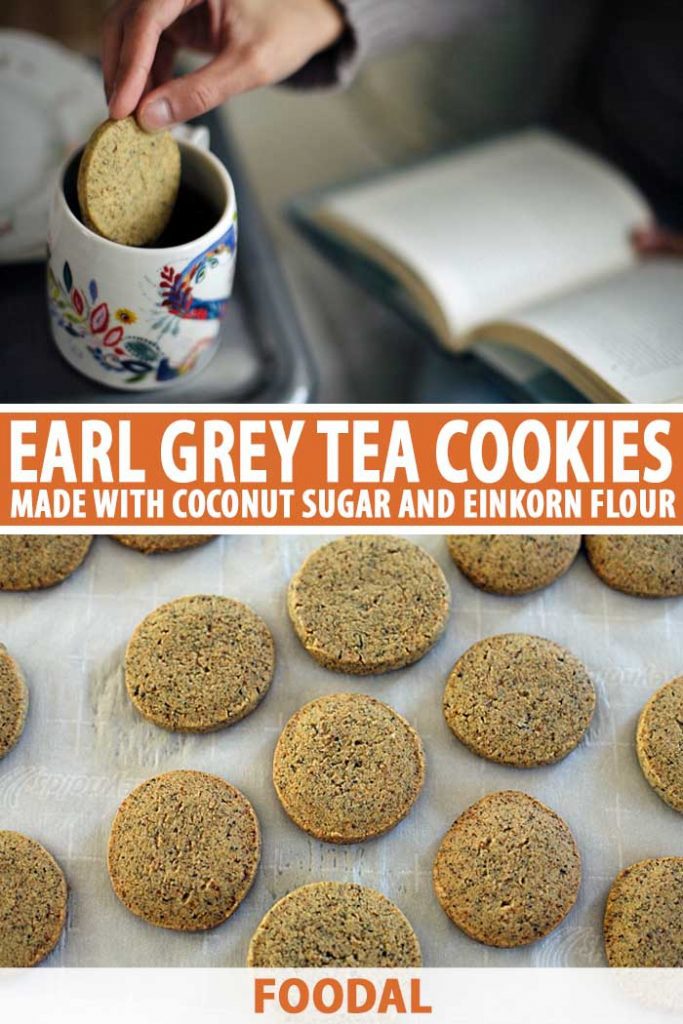
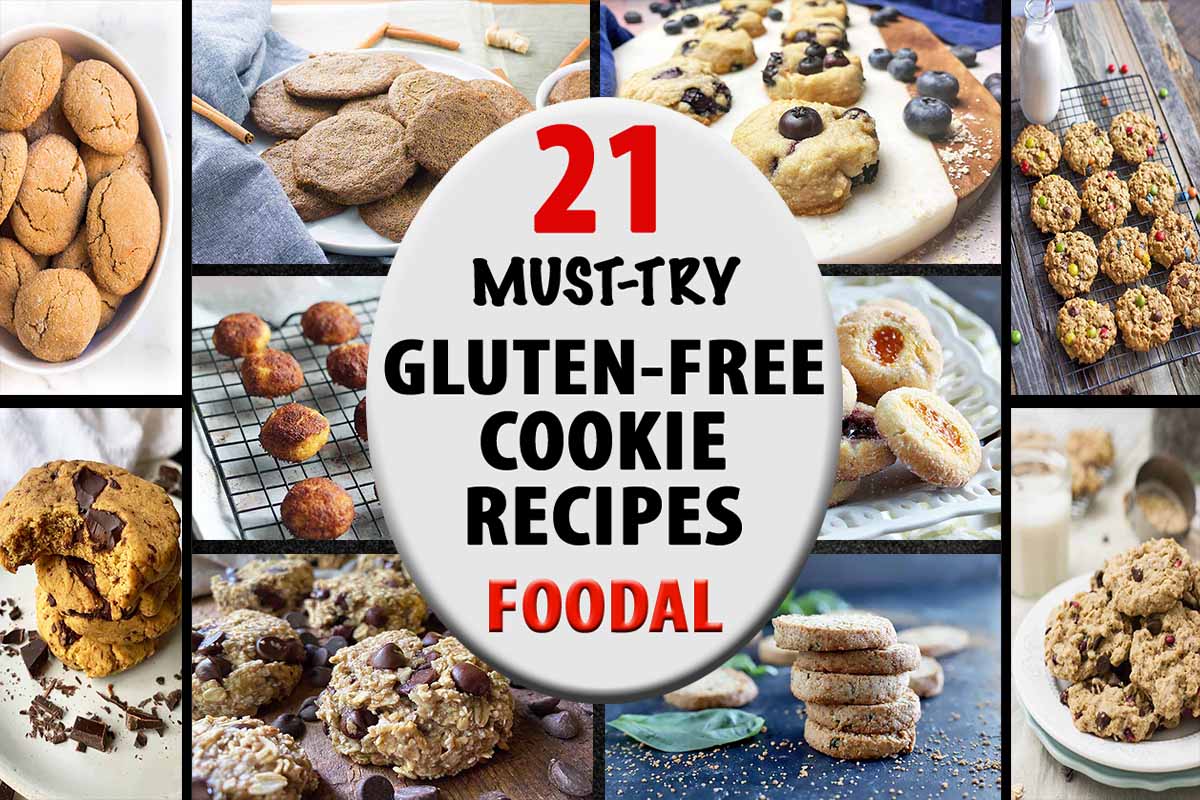
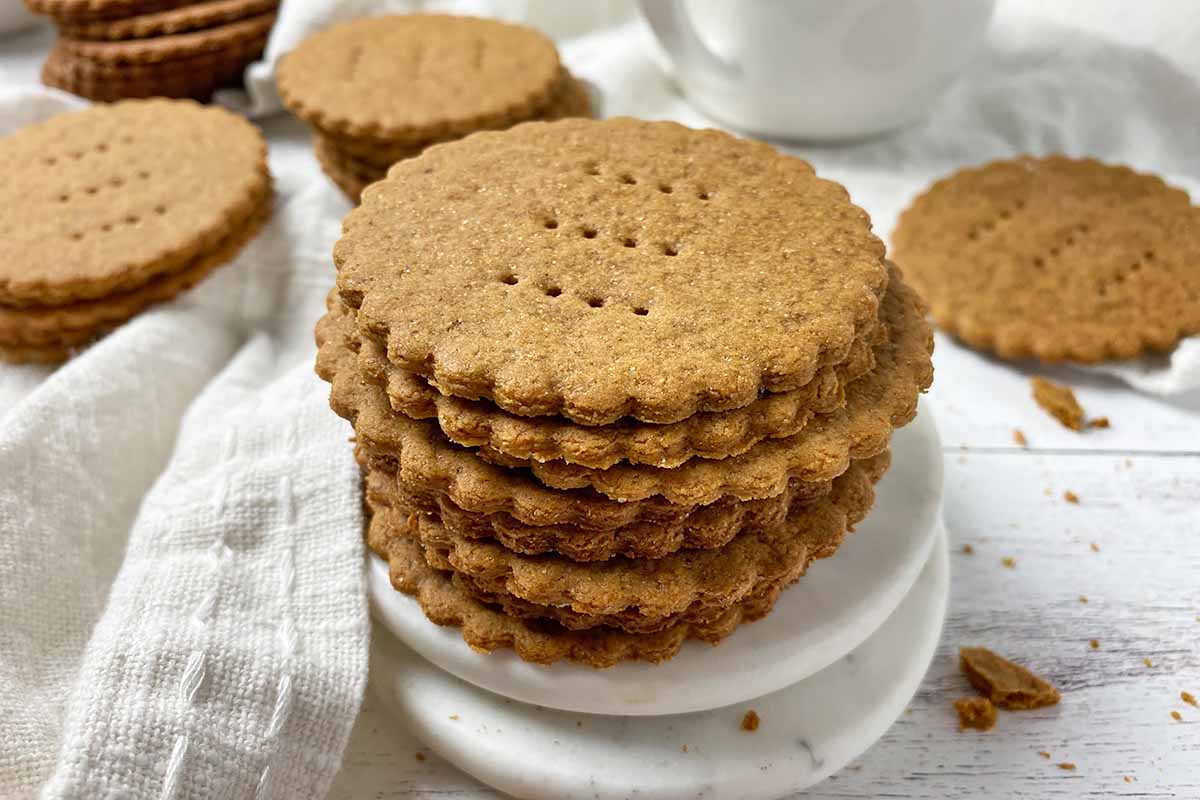
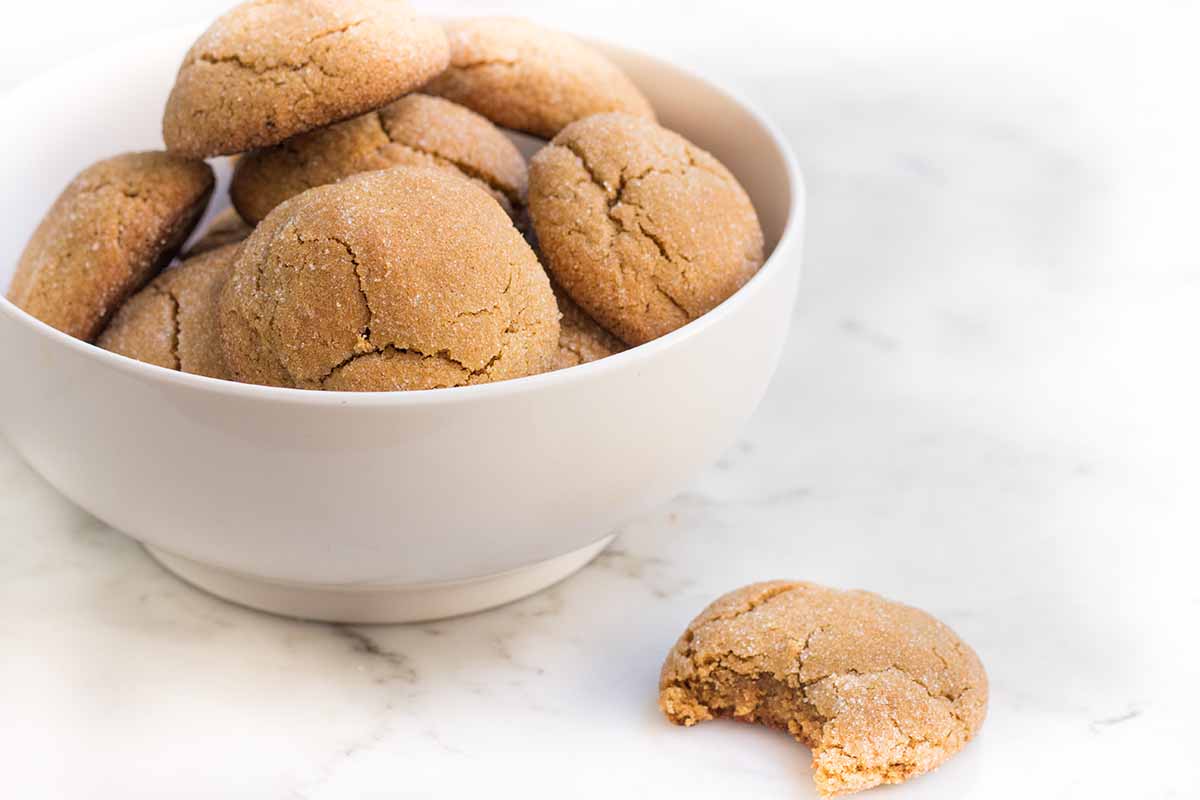
Super snack recipe..Definetly today i am going to do this !!
hope you enjoy!
Those cookies look great! The lunch I’m eating while reading your blog is a good reflection of my own food journey: eating a kale salad, which has been a very hit or miss veggie for me, and drinking an unsweetened iced tea instead of a soda. How is introducing new foods going with your son? I feel like sometimes we get so excited to find a new food Calvin likes that we stick with that and forget to keep trying other foods.
Love that, Vicki. And as for Rocco, at this current point in his life, he eats everything… except leafy greens, ha. I used to give him kale and he would eat it, but then he wised up. : ) Otherwise, we are enjoying a period of happy eating. Happy, constant eating. He loves eating! The pediatrician told me to enjoy this because it may change. “Don’t be surprised if he gets picky later,” she told me. So we’ll see!
Hello,
How would I make these without a food processor? Thank you for any help!